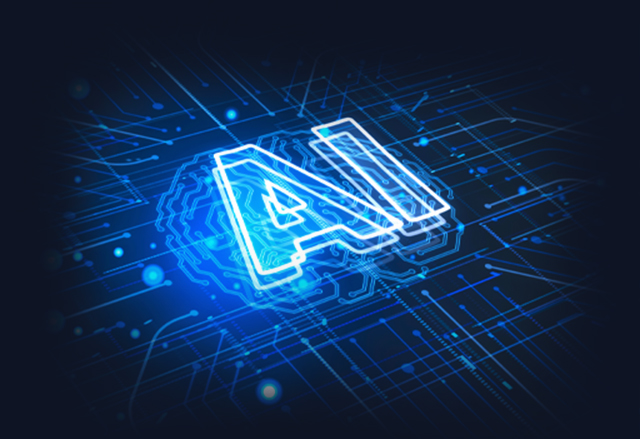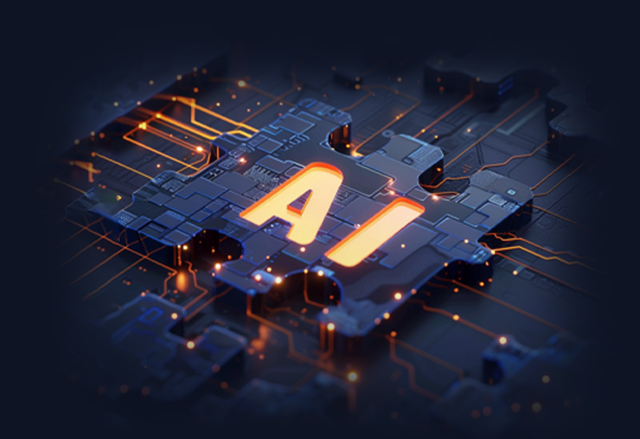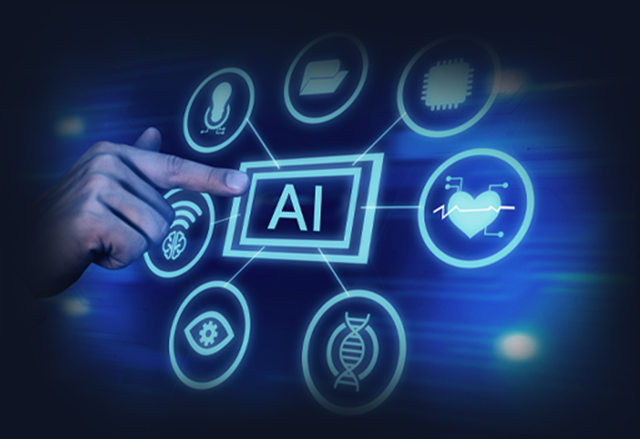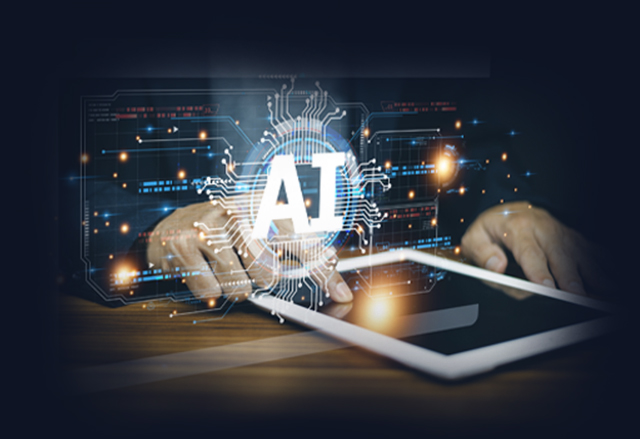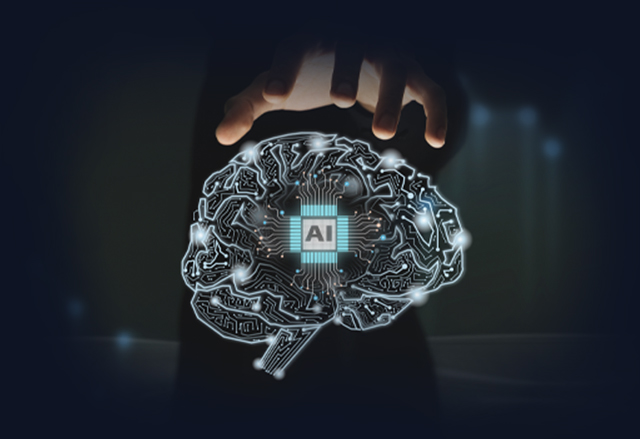What Is Conversational AI 2023? All You Need to Know

The significant development of conversational AI is one of the most impressive current technological achievements in the field of automation and machine learning.
Over the past few years, the adoption of conversational AI has grown exponentially and it is being used as an integral part of a wide variety of applications in the modern business environment.
It is estimated that the conversational AI market size will reach USD$1.3 billion by 2025, growing at a 24% compound annual growth rate. (AmyGB, 2022)
- But, what does conversational AI means?
- What are its main components?
- How does it work?
- What are its uses and benefits for business?
All these questions and more will be explained in this article.
So, let’s delve right into this.
What Does Conversational AI Refer to?
Conversational artificial intelligence (AI) is a type of technology that enables users to interact with computer applications in a human-like manner. Its interactions can be reached and carried out via various mediums, including text, audio, and video.
It is considered as a brain that operates machines or digital assistants, allowing them to understand and respond to human language.
The technologies of conversational AI range from simple models to more sophisticated machine learning (ML) models that are capable of interpreting a wider range of inputs and interacting in more complex ways.
Conversational AI utilizes vast amounts of data and comprises various capabilities such as:
- Machine Learning (ML)
- Natural Language Processing (NLP)
- Natural Language Understanding (NLU)
Their function synergistically to enable efficient automated communication via text or speech by deciphering the content of language and identifying user intent.
What is the most popular application of conversational AI?
A common application of conversational AI is chatbots, which can interpret user inputs and engage in conversations using natural language processing (NLP).
In order to better understand conversational AI, let's look at what its components are.
What Are the Components of Conversational AI?
Conversational AI contains six basic components. These components work together to enable computers to recognize and respond to conversations. They are as follows:
1. Machine Learning (ML): It involves a set of features, data, and algorithms, which are automatically improving constantly. With increasing input, the AI platform machine gets better at recognizing patterns and making predictions.
2. Natural language processing (NLP): is a method of analyzing language with the help of machine learning. Through it, non-structured data is transformed into a format that can be read by a computer, which is then analyzed to generate a suitable response. As ML algorithms learn, they develop better response quality over time.
3. Natural Language Understanding (NLU): provides analysis of grammar, meaning, and context in order to understand intent and content, as well as the sentiment (positive or negative) of the text. In order to build appropriate responses in dialogue.
4. Speech recognition: The ability of an application to recognize the different meanings and sounds in a spoken sentence, as well as its grammar and syntax. It converts spoken language into text and understands its meaning. Additionally, it is used to interpret the emotions of people in a video, as well as to understand a conversation context.
5. Computer vision: The capability of a computer to interpret and understand digital images, identifying the different objects in images as well as their location and orientation. In addition to identifying the contents of an image, it also shows the relationships between objects. Likewise, it is used to interpret people's emotions in photos, and to understand the context of these photos.
6. Artificial neural networks (ANNs) and deep neural networks (DNNs) that simulate the way the human brain learns. They allow tasks to be performed by considering examples. Thus, they provide machine learning, natural language processing, speech recognition, and computer vision.
How Does Conversational AI Work?
Depending on the previous components, conversational AI functions according to the following sequence:
The 1st. Step: Generating the inputs
During this process, the user can either enter input by typing text or speaking.
The 2nd. Step: Analyzing the inputs
To extract meaning from text-based input, natural language understanding (NLU) is applied. For speech-based input, automatic speech recognition first parses sound into syllables that can be processed.
Then identify synonyms, interpret grammar, and recognize the sentiment. This makes it easier for the digital agent to understand the input.
The 3rd. Step: Managing Conversation
As soon as the input has been prepared using NLP, machine learning, deep learning and NLU take over. As a result, the topic or intent of the input can be identified, and more relevant information can be extracted that can be used to trigger further actions.
The 4th. Step: Formulating the response
By merging the information gathered using NLU, such as contextual information, and customer intent, with a structured hierarchy of conversations, the digital agent can respond efficiently - whether it’s answering a simple query or handling a complex transaction - in a conversational manner similar to interacting with a human.
The 5th. Step: Enhancing learning
With time, as the digital agent answers more questions, and as AI Trainers help to enhance its knowledge, conversational AI learns new variations to each intent and how to improve its responses. Algorithms and DNNs play a crucial role in improving the overall NLU capabilities.
What Are Conversational AI Applications?
A chatbot or voice assistant comes to mind when one thinks of conversational artificial intelligence for customer support purposes or omnichannel deployment. Although AI chatbots and voice assistants are the most popular form of conversational AI, there are many other uses or applications of this technology within businesses. Some of them are the following:
- Internet of things IoT devices: Such as intelligent speakers, cell phones, and smartwatches that use speech recognition capability to interact with users. Common applications include Google Home, Apple Siri, and Amazon Echo.
- Online customer support: In the customer service process and e-commerce, digital assistants can take the place of human agents by performing many tasks, including messaging, answering frequently asked questions (FAQs) related to topics, offering advice, and recommending products.
- Human resources processes: Training, onboarding, and updating employee information are among the HR processes that can be optimized with conversational AI.
- Healthcare field: Conversational AI can improve the accessibility and affordability of healthcare services, as well as operational and administrative efficiency. Furthermore, It helps patients describe their conditions online through a series of questions in order to avoid long waiting.
- The banking industry: Pressure on employees can be alleviated by automating complex processes and requests using AI virtual agents.
What Are the Benefits of Conversational AI?
Small-to-medium-sized businesses as well as large corporations can reap substantial benefits from leveraging conversational AI capabilities.
Here are some of the most significant benefits of using conversational AI:
Improving the customer experience
Conversational AI enables delivering quick responses to clients of different types. This spares them the tedium of waiting which makes their experience smoother.
Increasing customer engagement and sales
Conversational AI can help in converting visitors into leads by using conversational AI through easy-to-use live chat windows.
Personalization features within conversational AI also enable the ability to provide recommendations to users, giving businesses the opportunity to cross-sell products not initially considered by customers.
Enhancing efficient use of resources
Small- and medium-sized businesses can reduce costs related to salaries and training by providing customer support through conversational AI interfaces.
Businesses can program conversational AI for multiple uses, ensuring consistency and comprehensiveness. This permits human resources to handle more complex queries.
Onboarding new employees with conversational AI is cheaper and faster. It is especially useful when a product expands into new regions or when demand spikes rapidly.
Assessing Conversational AI for Your Business
Here are some fundamental parameters to consider when choosing the most suitable conversational AI platform for your organization:
- Initially, determine the needs of your business, the topics your customers commonly need help with, and the areas where automation could be useful.
- Then, assess the capabilities of various conversational AI solutions. Platforms can be tailored to specific tasks or industries, while others are more versatile.
- Lastly, take into account what it would cost and how complex it would be to implement different solutions. It may be more difficult and expensive to install and operate certain platforms.
If you’re ready to get started, our team at DXwand will make the choice easy for you. We have talented experts dedicated to implementing conversational AI.
We will help you conceptualize and then implement a conversational AI strategy for your organization, launch the conversational AI platform, and provide feedback and insights to your team, for the purpose of improving performance.




